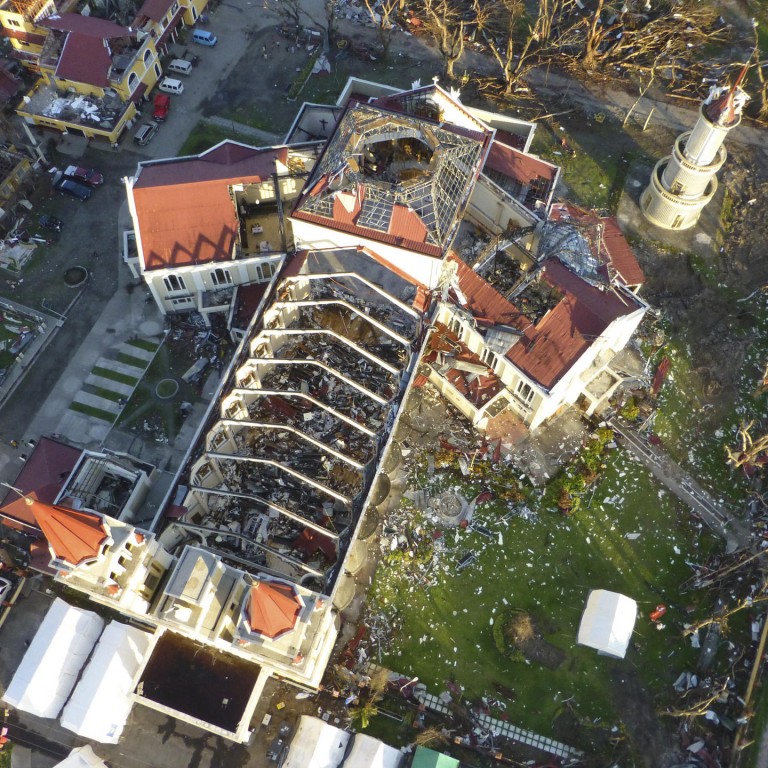
Drone photography develops as the new frontier of journalism
The best way to film the destruction wrought on Tacloban in the Philippines by Typhoon Haiyan was from the air, according to British photographer Lewis Whyld.
The best way to film the destruction wrought on Tacloban in the Philippines by Typhoon Haiyan was from the air, according to British photographer Lewis Whyld.
But Whyld did not want to beg a ride on a military helicopter, taking the space of much-needed aid. So he launched a drone into the skies above the city.
What drones give you is anywhere, anytime access to the sky
In addition to shots that showed the scale of the damage, broadcast by CNN recently, his drone discovered two bodies that were later recovered by authorities, he said.
"The newspaper was for still images," said Whyld, who builds his own drones, "but the internet is for this."
Whyld, and CNN, are not alone in exploring the potential of drones. The Associated Press and News Corp have used them to show the scale of large disasters.
Sophisticated nature documentaries use them to get intimate shots of wildlife and ESPN uses drones to film sporting events in Australia. Paparazzi use them to chase celebrities in Europe, and reports suggest they also have been used to pursue stars in the United States.
Drones, or unstaffed aerial systems as many of their handlers prefer to call them, are designed to fly automatically, without pilots. They were developed largely for, and remain associated with, the military but are increasingly being used for civilian purposes,
The machines have proved most valuable in providing film footage or photography of things that are difficult to reach, such as wildlife or awkward geographic formations.
In the future, however, their capabilities may be expanded to include sensors that can help with environmental coverage, for instance, by providing readings on air quality.
"What drones give you is anywhere, any time access to the sky," said Chris Anderson, a former editor of magazine who runs a drone company. "That perspective is something a journalist just wouldn't have unless he waited for officials, or hired a plane."
Whyld is exploring long-range drones, which can fly 30km or more from their handler, and sensors such as heat-seeking cameras.
"I'm also thinking about detection devices for chemical weapons, so you could fly into Syria," he said. "You can do journalism that wasn't previously possible."
Regulations, however, have taken a different flight path. In Britain, extensive testing and several thousand dollars were required for permission to fly, Whyld said.
US law allows only drone manufacturers and public entities such as law enforcement agencies to test the aircraft. The agency is planning wider testing, which should lead to guidelines for other purposes, such as journalism.
